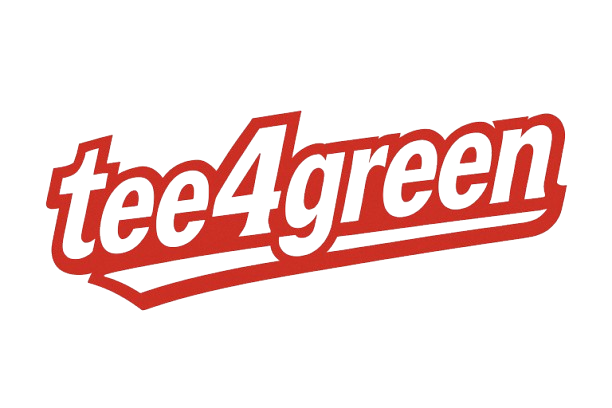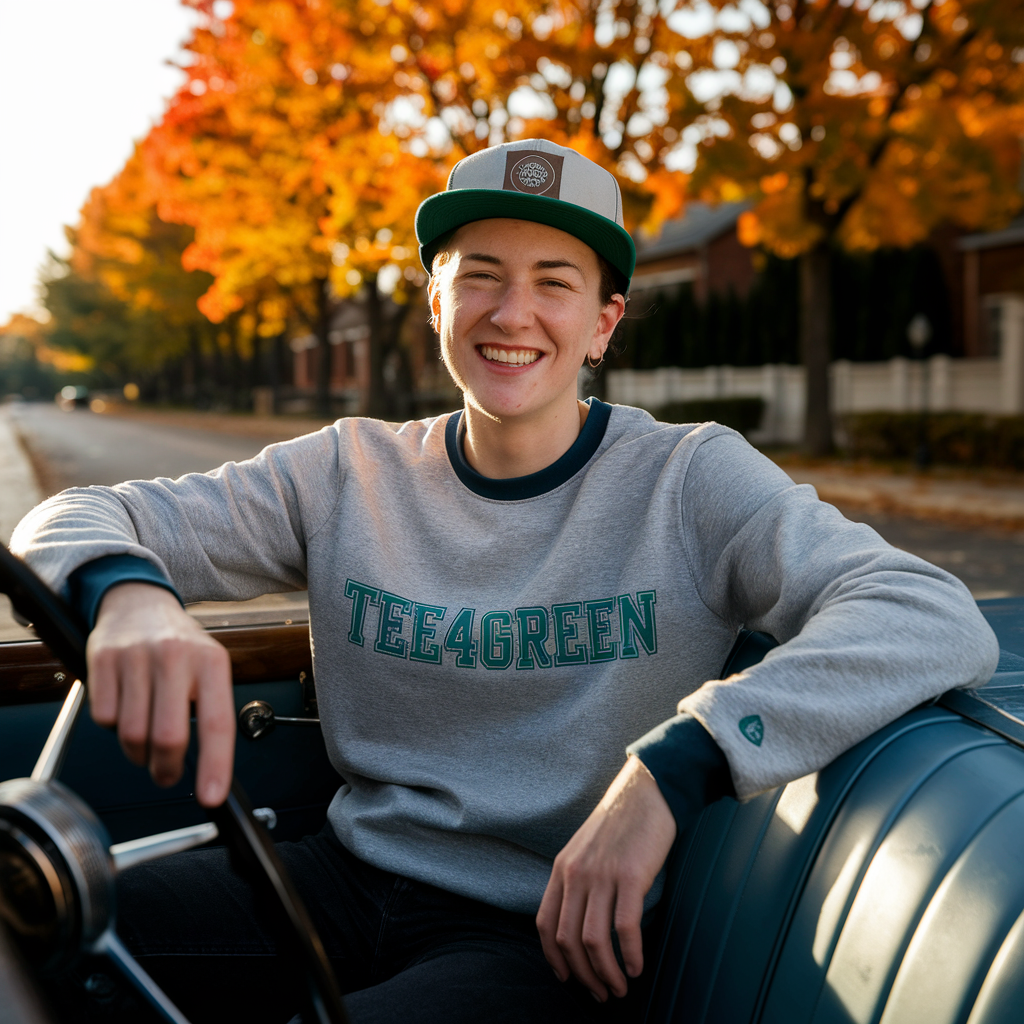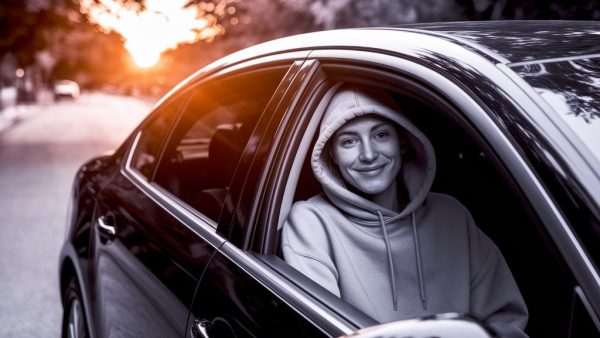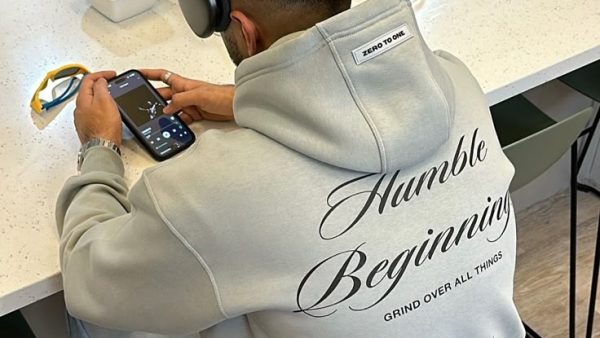Fashion in 2025 is an exciting fusion of extremes. On one side, minimalism returns with a renewed purpose, emphasizing thoughtful design and sustainability. On the other, maximalism roars louder than ever, celebrating individuality through boldness, color, and exuberant layering. These two forces are not battling for dominance; instead, they coexist, offering diverse expressions that reflect the complexity of our times.
Today’s fashion landscape welcomes both the quietly sophisticated and the unapologetically flamboyant. This duality empowers everyone to find their unique style language, without being confined to a single trend. Let’s dive deep into how minimalism and maximalism are shaping the fashion narrative of 2025.
The Essence of Minimalism in 2025: Mindful Living and Refined Aesthetics
Minimalism in fashion is no longer just about stripping things down to the bare essentials. In 2025, it represents a larger cultural shift toward mindfulness, intentional living, and respect for the planet. Designers are creating pieces that combine subtlety with substance. Clothes are understated but rich in detail, designed to serve multiple functions without sacrificing beauty.
Silhouettes are streamlined yet expressive. Instead of the cold austerity that sometimes characterized minimalism in the past, today’s minimalist garments feel warm and inviting. Earth tones dominate collections—shades of olive, clay, sand, and muted blue offer a palette that soothes rather than shocks.
Textures play a crucial role. Organic cottons, fluid silks, recycled wools, and biodegradable leathers lend depth and tactility to minimalistic wardrobes. Emphasis is placed on craftsmanship, durability, and seasonless appeal. Every button, stitch, and seam is considered, resulting in garments that quietly assert their quality without needing to shout.
Minimalism today invites consumers to curate a wardrobe filled with essentials that align with personal values. Each piece serves multiple purposes and is chosen with an eye toward longevity rather than seasonal turnover. This approach encourages deeper emotional connections to clothing, steering away from fast fashion’s disposable mentality.
Maximalism’s Triumphant Return: A Celebration of Abundance and Expression
On the flip side, maximalism in 2025 represents freedom, celebration, and personal storytelling. After years of restraint, fashion enthusiasts are once again embracing vibrant patterns, luxurious textures, oversized silhouettes, and a fearless mix of influences.
Maximalist fashion is not chaotic for the sake of chaos. It’s a curated cacophony where every piece, every layer, every accessory contributes to an overarching narrative. Designers are mixing vintage and futuristic inspirations, blending traditional craftsmanship with cutting-edge techniques to produce truly eclectic ensembles.
Expect to see outrageous prints, dramatic embellishments, saturated colors, and unexpected textures worn together in a single outfit. Giant ruffles, voluminous skirts, elaborate embroideries, and flamboyant accessories are no longer reserved for red carpets; they are part of everyday self-expression.
The rise of maximalism signals a broader cultural mood: one that embraces diversity, creativity, and joy. Fashion becomes a personal playground where individualism thrives and societal rules bend.
Sustainability Across the Spectrum: A Shared Responsibility
Despite their aesthetic differences, minimalists and maximalists in 2025 share a deep commitment to sustainability. The days when eco-conscious fashion was niche are over; today, sustainability is a non-negotiable foundation across all styles.
Minimalists lean into longevity by investing in fewer, better items. Garments are crafted from responsibly sourced materials and designed to endure trends. Pieces often feature modular elements—coats with detachable linings, dresses that transform with accessories—further extending their versatility.
Maximalists, on the other hand, champion upcycling and creative reuse. Vintage shopping, clothing swaps, and rental platforms thrive in the maximalist community. Designers are increasingly showcasing collections made from deadstock fabrics, recycled plastics, and reworked vintage garments, turning sustainability into an exciting act of reinvention rather than a limitation.
Sustainable innovations in textiles also bridge the two movements. Innovations such as mushroom leather, lab-grown silk, algae-based dyes, and regenerative farming practices ensure that whether you prefer sleek minimalism or vibrant maximalism, your fashion choices tread lightly on the Earth.
Minimalist Accessories in 2025: A Study in Quiet Power
Accessories for minimalists in 2025 are defined by their subtle impact. Jewelry leans toward architectural simplicity—delicate chains, single-stone rings, and asymmetrical earrings made from recycled precious metals.
Bags emphasize utility with style. Compact crossbodies, structured totes, and elegant belt bags feature clean lines and natural materials like vegetable-tanned leather and organic canvas. Footwear follows suit, with classic loafers, minimalist sneakers, and sleek boots crafted for durability and timelessness.
Minimalist accessories are about function meeting elegance, where every item has a role to play and nothing feels superfluous.
Maximalist Accessories: The Joy of Excess
For maximalists, accessories are an opportunity to go wild. Think chunky necklaces layered with pearl strands, stacks of colorful bangles, embroidered handbags that tell a story, and boots adorned with intricate patterns.
Hats, gloves, scarves, and eyewear are not afterthoughts but essential parts of the maximalist look. Every accessory is an exclamation point, adding richness, humor, or drama to an outfit.
In 2025, DIY culture influences maximalist accessories as well. Customization reigns supreme, with individuals hand-painting sneakers, embroidering denim jackets, and embellishing handbags with personal motifs. This hands-on approach reinforces the maximalist ethos: fashion is art, and every individual is an artist.
Color Psychology: The Power of Palette
Minimalists gravitate toward earthy, subdued tones that evoke calmness and groundedness. Olive green, terracotta, ash grey, dusty rose, and deep navy create wardrobes that feel cohesive and soothing.
Meanwhile, maximalists dive into vibrant hues. Fuchsia, neon green, sunflower yellow, electric blue, and scarlet dominate their palettes. Metallics, holographics, and iridescent finishes add extra layers of visual intrigue.
Interestingly, both camps understand the emotional influence of color. Minimalists use it to foster serenity and mindfulness. Maximalists wield it to project energy, optimism, and individuality.
Technology’s Role in Shaping Both Movements
Technology is another force that influences both minimalism and maximalism in 2025. Smart textiles, 3D printing, augmented reality shopping, and blockchain authentication reshape how fashion is designed, purchased, and worn.
Minimalists appreciate tech’s ability to enhance durability, fit, and sustainability. Smart fibers that adapt to temperature, antibacterial coatings, and clothes embedded with fitness sensors offer practical benefits.
Maximalists embrace tech for its ability to expand creative possibilities. Programmable fabrics that change color, 3D-printed accessories, and digital fashion for virtual spaces open new dimensions of expression.
Both movements use technology differently but creatively, each advancing fashion into exciting, uncharted territory.
Global Influences: A Rich Cultural Tapestry
Globalization enriches both minimalist and maximalist styles. Scandinavian influences infuse minimalist wardrobes with functional design and muted palettes, while Japanese aesthetics bring a sense of wabi-sabi imperfection.
Maximalism thrives on cross-cultural pollination. African prints, South American embroidery, Indian silks, and Middle Eastern patterns collide in collections that celebrate the beauty of global diversity.
Fashion in 2025 is less about dominating trends from one region and more about inclusive dialogues between cultures, traditions, and innovations. This cross-pollination creates a richer, more dynamic style landscape.
The Future Beyond 2025: Where Do We Go From Here?
As we move beyond 2025, the coexistence of minimalism and maximalism suggests a future where individuality reigns. Fashion no longer demands allegiance to a singular vision. Instead, it offers a menu of possibilities, encouraging people to mix, match, hybridize, and continually redefine themselves.
The evolution will likely see even deeper integration between technology, sustainability, and global artistry. As societal values shift toward greater inclusivity, wellness, and creativity, fashion will reflect these priorities in every stitch, silhouette, and statement.
Conclusion
The style movements of 2025 remind us that fashion is more than fabric and form. It is a mirror of who we are, what we value, and how we envision our place in the world. Whether drawn to the serene elegance of minimalism or the riotous joy of maximalism, every individual today has the freedom—and the tools—to craft a personal narrative that is authentic, responsible, and profoundly beautiful.
As we step forward into the future, we do so dressed not just in clothes, but in possibilities.




Leave a comment